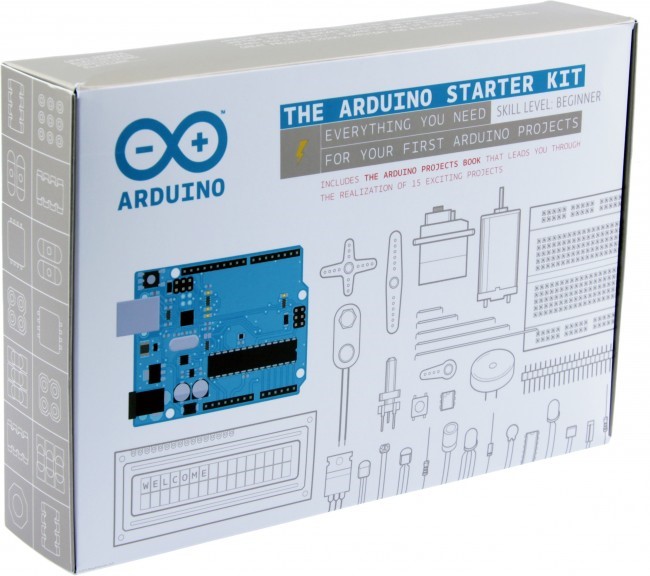
Arduino is an open-source electronics prototyping platform based on easy-to-use hardware and software that helps users create interactive objects or environments. Each development board is designed to read an input, such as a finger on a sensor, and turn it into an output, such as turning on an LED, by programming and sending a set of instructions to the microcontroller on the board. The boards are easily programmable using Arduino Programming Language and Arduino Software (IED).
Since most Arduino hardware is released under open-source license, there are hundreds of different kinds of Arduino and Arduino-compatible boards on the market. We’ve narrowed down a selection of Arduino boards aimed at beginner programmers who are either ready for their first development board or to upgrade from their starter kit.
Arduino Uno ($24.95) 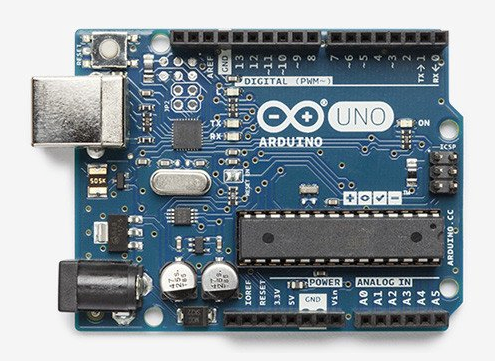
The Arduino Uno board is the first in a series of USB Arduino boards and the first to debut Arduino Software (IDE) 1.0, now the reference platform for newer releases. While not the first Arduino board, Uno remains the most popular model and is the base for most starter kits.
The robust microcontroller board is based on the high-performance ATmega328P with 32Kb of program memory, making the board ideal for starter projects. It has 14 digital input/output (IO) pins, six analog inputs, a 16-MHz quartz crystal, and an ICSP header and reset button. The board can be powered by either the USB cable or with an AC-to-DC adapter or battery, meaning you can simply connect the device to get started. If you outgrow the Uno, standard format upgrade “shields” offer additional functionality that you can plug onto the top or even stack with each other to expand the board’s capabilities.
Arduino Mega 2560 ($45.95)
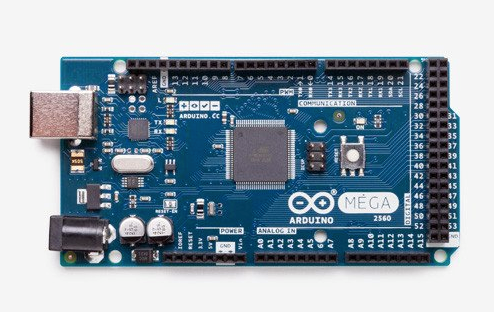
Looking for an upgrade from the Uno? The Mega 2560 is designed for more advanced projects. With 256K of memory, 53 digital IO pins and 16 analog ports, four UARTs (hardware serial ports), and a 16-MHz crystal oscillator, the Mega allows you to scale up development. Mega is based on the ATmega2560, a high-performance and low-power Atmel AVR 8-bit microcontroller with advanced RISC architecture and can be powered by both a USB cable and an AC-to-DC power adapter or battery.
The Mega 2560 board is compatible with most shield designs for Uno. The large number of analog and digital pins coupled with the larger memory capacity makes it ideal for devices like 3D printers and other demanding applications like robotics projects.
Arduino Micro ($24.95)
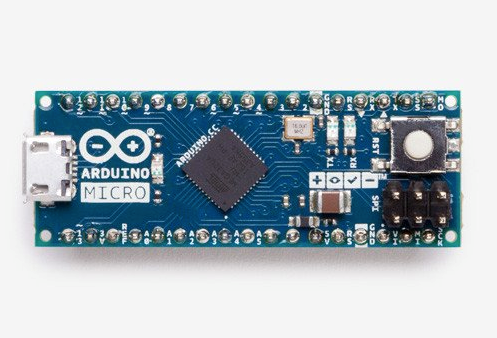
The Arduino Micro, developed in conjunction with Adafruit, is one of the smallest microcontroller boards, allowing programmers to integrate it into everyday objects to make them interactive. Based on the ATmega32U4, the Micro has built-in USB communication, eliminating the need for a second processor. This allows the Micro to appear to a connected computer as a mouse and keyboard, in addition to a virtual (CDC) serial/COM port.
The Micro has 20 digital IO pins, a 16-MHz crystal oscillator, a micro USB connection, ICSP header, and a reset button. Its 32Kb flash memory and 32U4 provides UART TTL (5v) serial communication for corresponding with a computer and other Arduino or microcontroller boards.
Arduino LilyPad 328 ($19.95)
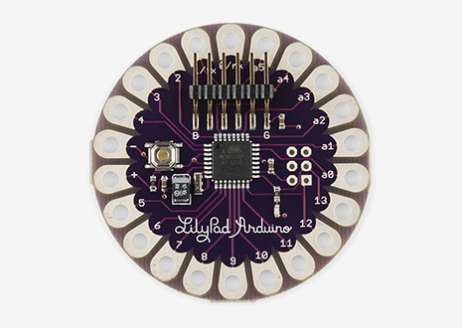
The LilyPad Arduino Main Board is a different type of microcontroller board specifically designed for e-textiles and wearable projects. Developed by Leah Buechley and SparkFun Electronics, the board offers the same functionality you would find in more traditional Arduino boards. The LilyPad’s round, lightweight design is purposed to minimize snagging and profile and can be sewn to fabric and similarly mounted power supplies, while sensors and actuators are connected with conductive thread.
The Main Board is based on the ATmegal168V, a lower-powered version of the ATmegal168, with the Arduino bootloader, a board feature that enables users to program the Arduino using just the USB cable. The LilyPad features a minimum number of external components to keep the unit compact and offers large pin-out holes that make it easy to sew and connect. Each pin can control an attached input or output device such as a light, motor, or switch.
Did we miss your favorite Arduino board? Comment below and let us know.
Sources: Arduino, MakeUseOf
Advertisement
Learn more about Electronic Products Magazine





